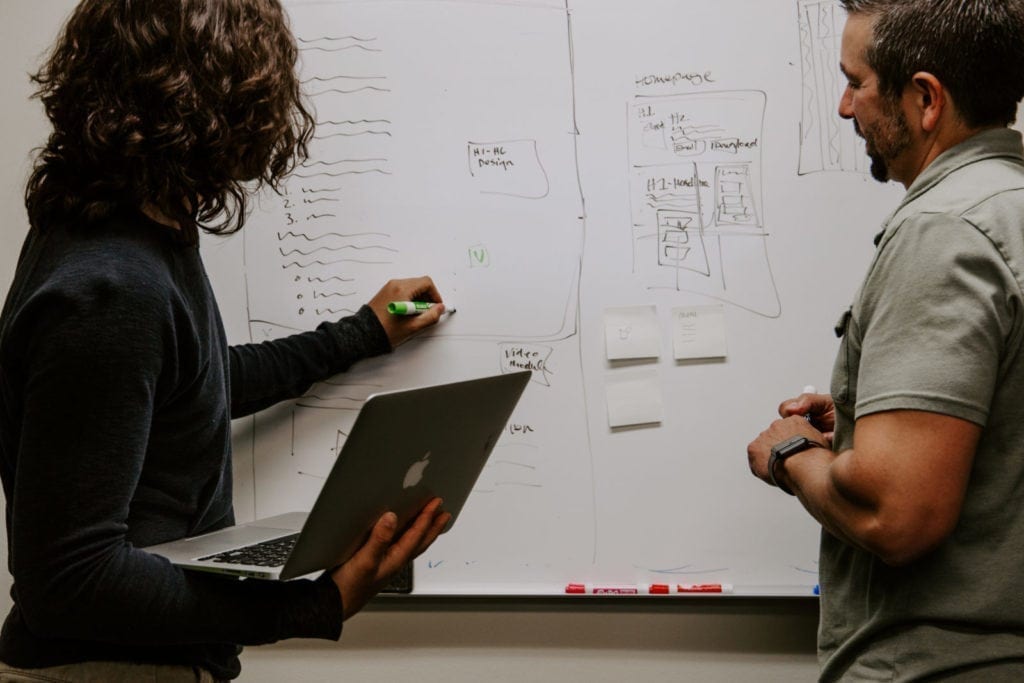For most of us, the days of a guaranteed pension for life from our employer are gone. If you’re reading this, your pension options at retirement are probably more complicated.
These days, you have several choices to make use of your defined contribution pension pot.
Most people have built up a ‘defined contribution’ pension fund over their working lives. Defined contribution means that the amount you’ve put in is certain, but what you’ll get out is not.
Here Moneycube outlines the three main pension options at retirement.
The hard bit is deciding how to mix-and-match these choices to come up with the option that suits you best. Have a read, then talk to us about how to plan your decision.
1. The tax-free lump sum
For many people retiring with a defined contribution pension plan, this is a no-brainer. It’s the option to take up to a quarter of your fund as a cash lump sum, with no tax charge.
(If you are in a company pension scheme, there may be an alternative tax-free sum based on your final salary and length of service).
The catch? There isn’t once, although some limits apply. The most you can take tax-free is €200,000. You can withdraw a further €300,000 at the standard 20% tax rate, and more if you choose to, subject to regular income tax.
And if you’ve previously taken cash from a pension, that might reduce the amount you can take now.
But in general, the 25% tax-free lump sum is a gimme.
And once you get hold of the cash, it might be worth investing it rather than leaving it on deposit in the bank.
2. Approved Retirement Fund (ARF)
Put simply, an ARF is an account into which you can move the pension fund you’ve built up at work, and invest it as you wish.
You can then withdraw money from your ARF (regularly or from time-to-time) to generate an income.
There are two main requirements concerning ARFs.
Once your money is in an ARF, you’re required to withdraw a certain percentage of the fund each year (4% or 5% depending on your age, and 6% if your ARF has more than €2 million in it).
3. Annuity
An annuity provides you with a guaranteed income for life (and possibly your partner’s life). You hand over your pension pot in exchange for that guarantee.
There are two downsides to annuities.
Firstly, because of today’s low-interest environment, annuity rates are historically low. That means it takes a lot of your pension fund in order to buy an annuity.
For example, a 65-year-old retiring now with a pension pot of €250,000 can expect an annuity of less than €10,000.
The second downside is that unlike an ARF, on death there are no funds to leave to your dependants. On the other hand, you don’t have the risk that you will run out of funds.
What’s right for me?
Moneycube believes everyone can take charge of their finances. So it’s useful to have several pension options at retirement, rather than a one-size-fits-all approach.
But everyone’s circumstances are different, and retirement is a big moment financially.
It’s best to talk to us and we’ll help you work out the right mix of pension options for you.










